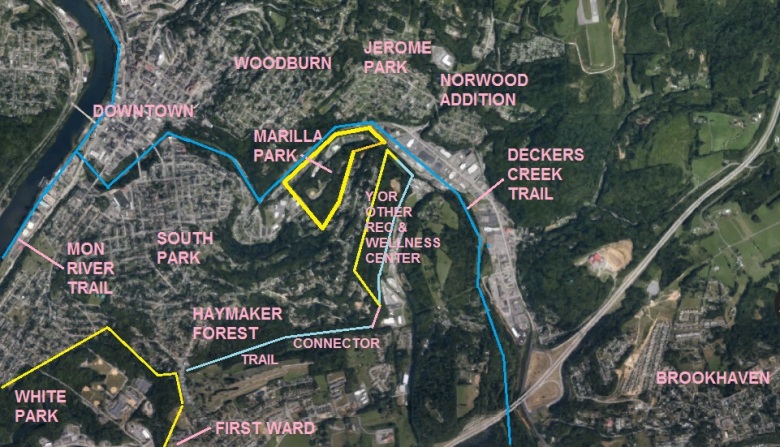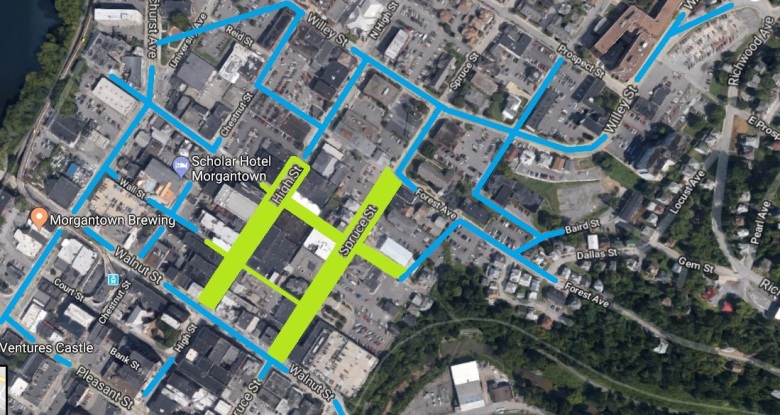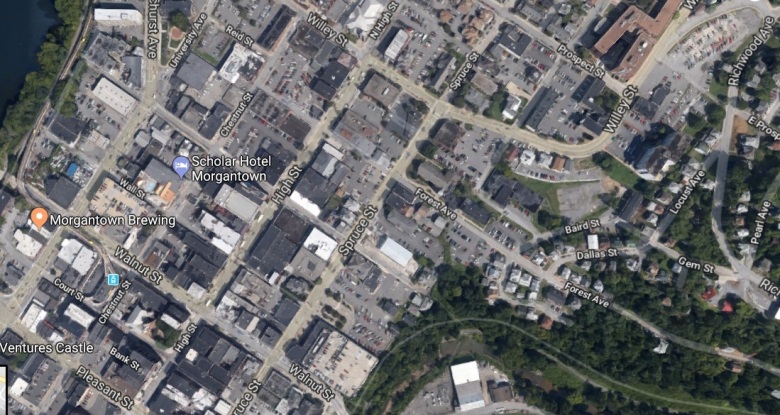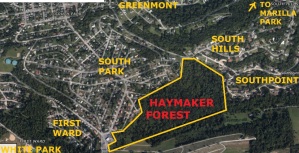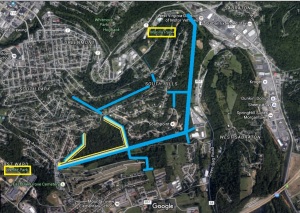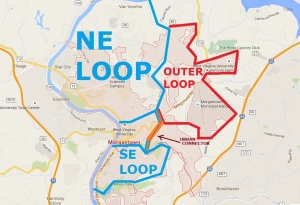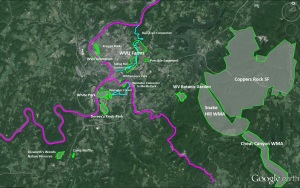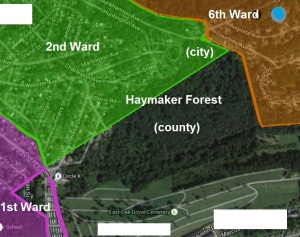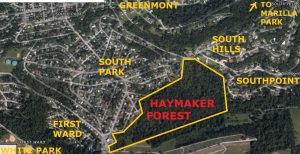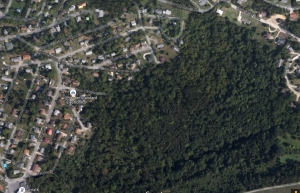West Virginia has the highest rate of obesity in the country.
The highest rate of smoking.
The highest rate of drug overdose deaths.
Why?
Corporate domination of the state.
That’s the take of Stephen Smith. He is director of the West Virginia Healthy Kids and Family Coalition.
“We didn’t do this to ourselves,” Smith told Corporate Crime Reporter in an interview last week. “We sometimes believe the stereotypes and hype that gets lobbed against us. For generations, corporations, often with the help of the federal government, have done a really good job of systematically robbing our people and our communities of our economic wealth. That had consequences. The consequences include substance abuse. And it’s not just opioids. Opioids are the latest. But we have been in a crisis of mental health and suicide for a generation or two now. Corporate control has led to the defamation of unions and worker power. It’s a pattern of abuse.”
“If anything, my experience is that West Virginians have become more resilient, more creative, in part because of what we had to suffer through. I have had the opportunity to organize in communities across the country and in my experience, West Virginia is one of the more fun and energizing places to organize because people have seen real pain and have worked to find ways to fight against it. It doesn’t mean we always win. It does mean we can win in the long run.”
What is your group doing on the obesity crisis?
“We know strategies that help address obesity,” Smith said. “The Centers for Disease Control knows about them. And we know what works at the local level. But there is a view that those strategies are only going to come from and be implemented by health professionals. In fact, we need the local knowledge and grit to get it done.”
“Every year, we bring together 500 to 550 rural community leaders from across the state, low income people, social service agencies, small business and union people, church people. And we do a conference where West Virginians trade ideas about what is working in our own backyard and what local citizens are doing around it. And then we offer mini-grants and coaching and organizing training for groups of people to take on one of the these projects locally. It could be a community garden, a walking trail, a farmers market or a youth sports program. And we see that as a stepping stone for organizing around issues as well. We find it’s a good way to approach the obesity issue. We ask – what can we do in our own backyard that we know works but is normally the purview of some health professional? And how can we put that expertise in the hands of everyday people?”
What about public policy?
“Change the economics of obesity. Look at the cost of food over the last couple of generations. The price of food overall hasn’t changed that much. But the price of healthy food has gone up significantly. The price of unhealthy food has gone down. There are people who have learned to make lots of money off of our pain. And that includes the food we eat. It’s not rocket science to figure out if unhealthy foods are cheaper, people are going to buy them and gain weight and get sick.”
“We could make it harder for people to produce corn syrup and encourage producers to make organic foods and healthy foods less expensive. That’s the most valuable thing we could do. We can connect SNAP dollars to farmers markets. Providing double bucks programs at farmers markets. That helps a bit. But a broader effort is going to be needed if we are going to change the economics of food.”
“The other thing we can do is make the food available in schools and more healthy.”
Corporations have a lock on West Virginia. Where is the ray of hope?
“I see it all over the place. We are at a breaking point, where the defining competition in West Virginia politics is not between left and right but between the people and the establishment. Over the next years, we are going to play out the most important moment in American history for at least the last couple of decades. West Virginia and places like West Virginia are going to choose whether or not we are going to have a right populist response to the establishment or whether we are going to have an open left populist response to that pain and exploitation. I’m hoping we can have a left populist response – a response that says – let’s put the power in the hands of all of the people.”
“A poll was done last year showing that 46 percent of likely West Virginia voters would support Bernie Sanders in a run against President Trump. The success that Bernie has had in West Virginia is emblematic that we are not resigned to a nationalist approach.”
“I also see it in some of the candidates that won in yesterday’s primary. Richard Ojeda smoked his opponents. And he was by far the most anti-corporate candidate. This is a guy who ran for state Senate unapologetically against the coal industry. And he was running in Logan County in the middle of coal country. And this year, he was one of the leaders of the teachers’ strike.”
“Yesterday, he won the Democratic primary for Congress in the third Congressional district. More impressively, in the first Congressional district, there were two candidates, one was a traditional Congressional candidate – Ralph Baxter – who had all of the endorsements, including labor, and outraised his opponents. But Baxter was defeated by a candidate who favored Medicare for All. Her name is Kendra Fershee in the first district.”
“Richard Ojeda spent most of his adult life in the military. He talks about being shipped overseas and seeing the poverty and crisis faced by kids in Afghanistan and Iraq and then coming back home only to find that much of the same poverty and despair could be found in his own backyard in Logan County West Virginia. He started a nonprofit. He taught. He did ROTC at Chapmanville High School in Logan County. He thought that was good start, but not enough.”
“He first ran for Congress against Nick Joe Rahall in 2014. He ran a good campaign but got beat. He came back and ran for State Senate in 2016. He was outspent ten to one in the primary against an incumbent Democrat. He won. That story made national news, because days before the primary, a man surprised him in a parking lot and beat him up.”
“He survived the attack and was elected in the Democratic primary. In a district that Trump won with more than 80 percent of the vote, Ojeda also won that general election against the Republican challenger in 2016. Then he gained some recognition for his successful maneuvering for medical cannabis legislation in his first year in the legislature. And he rose to prominence this year as the lawmaker who gave the most blood, sweat and tears during the teachers’ strike, both on the floor of the Senate and traveling around the state, meeting with teachers, communicating with them on a day to day basis.”
“He is just an old school populist. He has no qualms about naming the bad guys. He likes to say – Follow the Money Dot Org. Go out and find who is paying their campaign donations and don’t let them get away with it. He knows who he is. He knows what side he is on. He is unapologetically pro-union and pro-labor. And it’s working. He won more than a majority of the votes in a three person primary. He has a good shot at winning the whole thing in November in an area that has been written off as an obviously Republican district.”
The primary was yesterday. Ojeda and Fershee. Any others?
“Yes. In Charleston, our state capitol, Amy Goodwin, an unapologetic progressive, soundly beat a more experienced, more conservative Democrat in the primary for Mayor of Charleston. She beat him by 66 to 34. And she did so by running a grassroots progressive campaign. She knocked on more than 5,000 doors personally. And she had a field operation that many of us helped with. She is set up to potentially turn around one of the biggest cities in the state.”
“Rich Lindsay in State Senate 8 – he beat Mark Hunt, a more conservative Democrat. Rich is a young guy and an unapologetic progressive. Bill Hamilton is a pro-union Republican. He ran and beat Robert Karnes in a Republican primary. Karnes was one of the villains of the teachers’ strike. It was a gambit for Hamilton to challenge an incumbent in a Republican primary and run a pro-union campaign. And he beat Karnes 60 to 40. That was the State’s 11th Senatorial District in Upshur County.”
Are you saying those candidates are going to be the building blocks to turn the state around?
“That will be part of it. Electoral strategies are never enough by themselves. If you rely just on electoral strategies, you are in trouble. You need the mass movement on the ground. You need slow and steady organizing in neighborhoods. And you need the electoral strategies.”
“But we are at a point where we have all three. With the organizing that many groups have done, including ours, over the last few years, plus the movement power with the teachers’ strike, the election was a sign that we can also do the electoral strategy. You put all of those things together, and that gives me hope.”
Smith says “the question we all need to be asking right now is – who do you serve?”
“Most West Virginians are busy serving their neighbors, their friends, their church, their country, people in need. And the people in power are serving Wall Street, and Washington, D.C, and lobbyists.”
